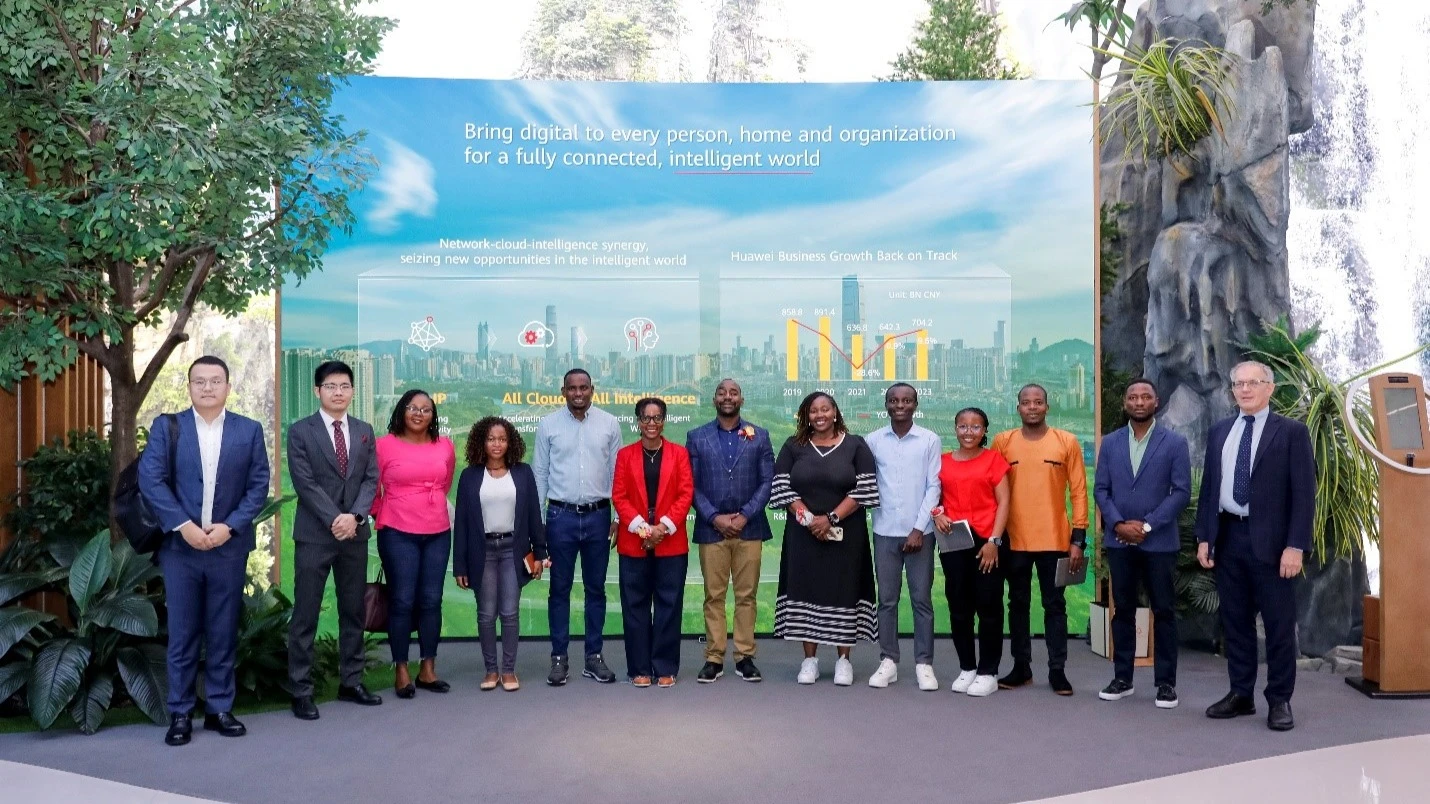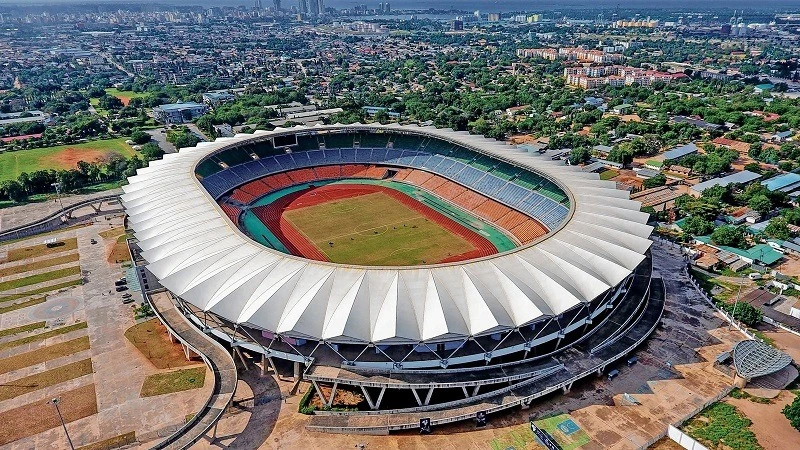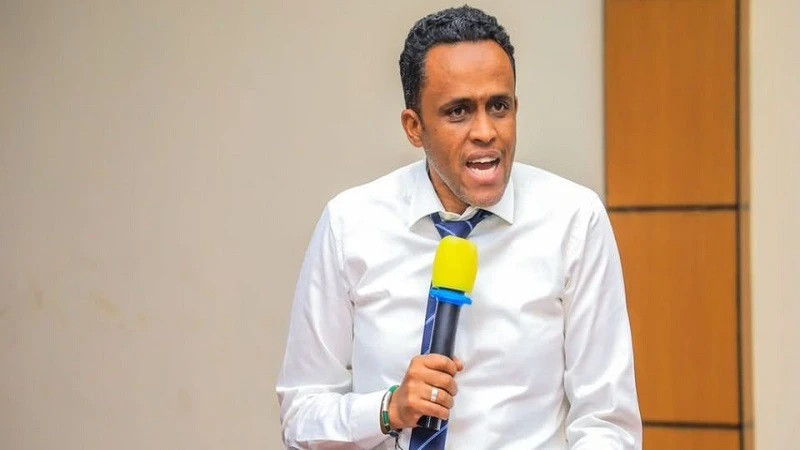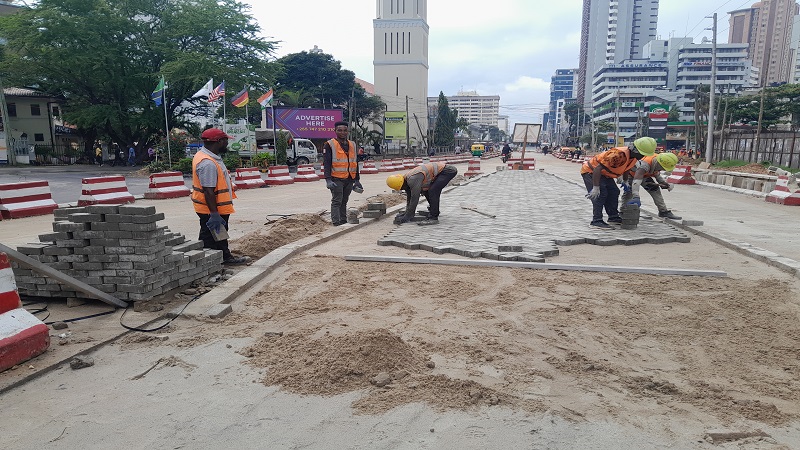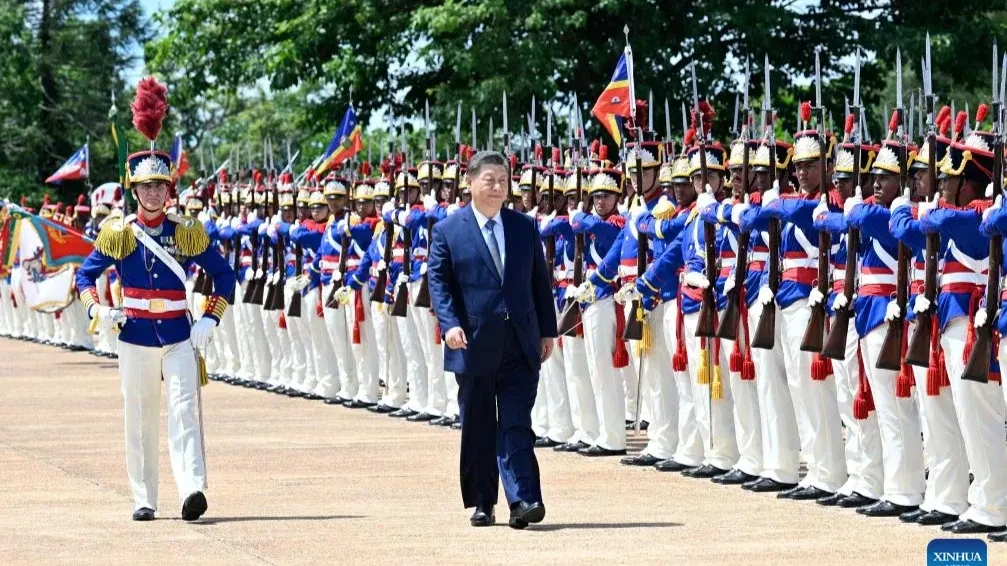Shaping the future of energy with transformative financing strategies at EAPCE'25
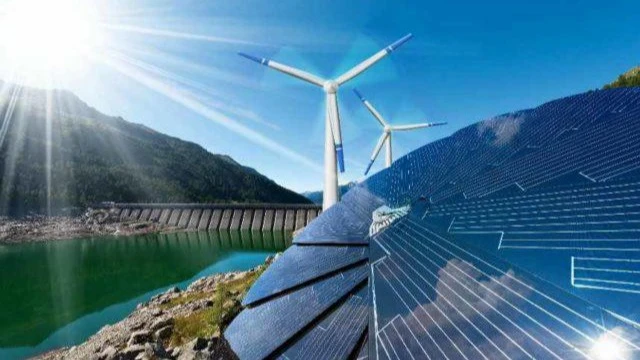
The future of East Africa’s energy sector hinges on one critical factor—financing. As the region strives to unlock its vast petroleum potential, securing long-term investment is both a challenge and an opportunity.
With global energy financing shifting toward sustainability, industry leaders at the 11th East African Petroleum Conference and Exhibition (EAPCE'25) convened in Dar es Salaam to explore innovative funding models that balance economic growth with responsible energy development. The urgency of securing financing is heightened as East Africa seeks to capitalize on its estimated 10 billion barrels of crude oil reserves and over 60 trillion cubic feet of natural gas.
Manzi Rwegasira, Chief Executive of Stanbic Bank Tanzania, emphasized the role of financial institutions in shaping the future of East Africa’s energy sector. He stated: “Financial institutions must move beyond traditional lending models and embrace dynamic financing mechanisms that de-risk petroleum investments while ensuring long-term value.” He noted that financial sustainability and environmental responsibility must go hand in hand as the region seeks to develop its resources. He added that financing solutions must be structured to attract both local and international investors, ensuring that the sector remains competitive on a global scale.
The conference provided a strategic platform for financial and energy experts to discuss funding approaches that ensure Africa’s natural resources drive sustainable economic growth. Leparan Ole Morintat, Chief Executive Officer of the National Oil Corporation of Kenya (NOCK), emphasized the importance of strategic partnerships in attracting long-term capital. He stated that the partnerships forged today will unlock new opportunities for growth and stability. He highlighted the need for innovation, collaboration, and regulatory clarity in energy investment.
Financial institutions are playing a pivotal role in structuring capital for petroleum infrastructure projects. Blended finance models, which combine public and private investment, have emerged as key solutions in de-risking capital-intensive projects while aligning with global sustainability commitments. Development Finance Institutions (DFIs) and multilateral agencies are stepping in to provide concessional funding, risk guarantees, and technical expertise, helping to make large-scale energy projects viable. These financing models are proving critical in closing funding gaps for projects such as the East African Crude Oil Pipeline (EACOP) and regional natural gas processing plants.
Among the financial institutions leading these efforts, Stanbic Bank Tanzania has been instrumental in financing transformative projects across East Africa. Joe Mwakanjuki, Vice President of the Energy & Infrastructure Sectors at Stanbic Bank, underscored the bank’s commitment to funding major infrastructure developments such as the East African Crude Oil Pipeline, Coral FLNG, Moz LNG, and ROMPCO. He stated that through reserve-based lending and project finance, Stanbic ensures that energy projects advance while maintaining strong sustainability principles. Furthermore, Mwakanjuki reemphasized the macroeconomic study that Stanbic Bank prepared that focused on impact of the LNG project on the economy of Tanzania.
Manzi elaborated on the bank’s financing strategy, emphasizing its commitment to ESG-aligned projects and risk-sharing mechanisms. “By leveraging partnerships with development finance institutions and implementing innovative financial models, Stanbic is ensuring that East Africa’s petroleum sector remains an attractive investment destination,” he said. He noted that responsible financing is critical in a world where financial institutions are increasingly prioritizing low-carbon solutions, and regulatory bodies are demanding greater transparency in energy funding.
The discussions at EAPCE'25 reinforced a key truth: East Africa’s petroleum future depends on bold financial strategies, cross-sector collaboration, and sustainable investment models. The emergence of blended finance and ESG-aligned investments is providing a clear pathway for attracting long-term capital into the region’s energy sector. Countries like Nigeria and Mozambique have successfully structured financing for large-scale petroleum projects using innovative funding models that bring together government backing, commercial lenders, and impact investors. These examples demonstrate that East Africa can create similar financial ecosystems that ensure energy projects remain attractive despite shifting global market conditions.
To unlock its full petroleum potential, East Africa must continue fostering investment-friendly policies, strengthen collaboration between financial institutions and governments, and embrace sustainable financing models. The next decade will be critical in shaping the region’s energy future. If governments, banks, and investors work together to create well-structured financing frameworks, East Africa will emerge as a leading energy hub that not only meets its domestic energy needs but also contributes to global energy security.
Top Headlines
© 2025 IPPMEDIA.COM. ALL RIGHTS RESERVED



